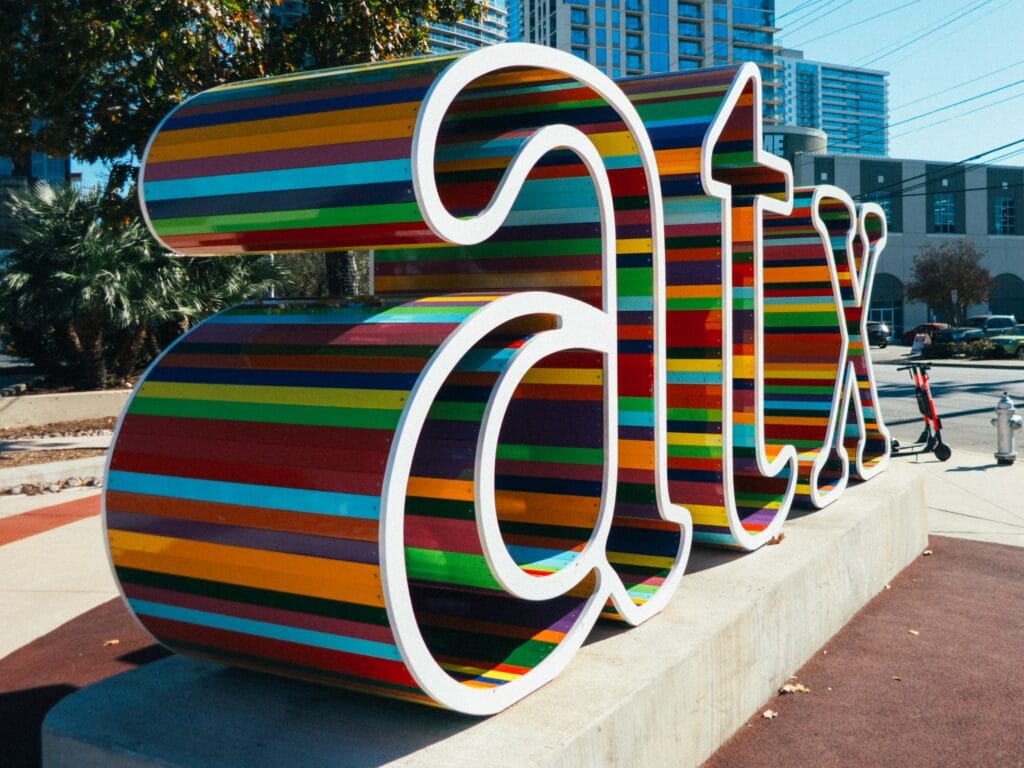Huge Loss for Austin
- On March 17, the Appellate Court ruled against the City of Austin in a suit over the overhaul of the land development code.
- It ruled that the City violated property owners’ procedural rights by not allowing them an avenue to protest the changes.
- As a result, the City Council faces a tough decision on how to combat the affordable housing crisis.
March 17 is supposed to be a fun day. It’s a day to drink green beer, eat corned beef and hash, and sing Irish drinking songs. At least it is in my household.
Unfortunately, this year it was not a very fun day for the City of Austin. On that day, the Court of Appeals handed down a long-awaited decision that upheld a district court ruling against the City. This decision, unfortunately, has a huge negative effect on the future of the City and how we are going to try to combat our affordable housing issues.
So what was the decision and what does it mean for the future of Austin? That’s what we talk about below.
Background – The Massive Overhaul of the Land Development Code
I have written about this previously, but the Austin Land Development Code (“LDC”) needs a massive overhaul. As we continue our rapid growth, there is a need for more housing. The best way to meet this demand is to allow for increased density throughout the City.
The City Council tried to do this by adopting a complete overhaul of the LDC. It would have allowed for increased density in many areas around the City, especially along transportation corridors.
But some property owners objected to the zoning changes in their neighborhoods and filed suit against the City to stop it. The district court agreed with them and put a temporary stop to enacting the new LDC. The City appealed that decision and has been waiting for this ruling for a while. For a more detailed analysis of the reasons behind the lawsuit, you can go here to read my previous posts about it.
What was the Ruling from the Texas Appellate Court for the Austin Land Development Code Lawsuit?
That brings us to St. Patrick’s Day this year. On March 17, the Appellate Court finally handed down its ruling. And it basically agreed with the District Court.
The Appellate Court ruled that the City violated property owners’ procedural rights by failing to a) notify the property owners of their right to protest and b) hold hearings at the Planning Commission before holding a vote to approve the new LDC. The trial court’s ruling is, therefore, upheld. And the new LDC cannot go into effect.
What does this Mean for the Future of Affordable Housing in Austin?
The City now basically has three options with this lawsuit. It can either a) ask for an en banc rehearing of the entire appellate court, b) appeal to the Texas Supreme Court; or c) let it drop and accept defeat.
Council members Tovo, Pool, and Kitchen originally voted against the LDC overhaul. And since this ruling, they have each come out with a statement that suggests they do not want the City to continue with the overhaul and to just let this drop.
The bigger picture, of course, is what does Austin now do about its affordable housing problems? The property owners in this suit have found what I characterize as a loophole in the State law. The procedures required in the statute work for changes in zoning for individual properties. But they handcuff a city if it wants to overhaul its LDC because it is not realistic to think that it could hold hearings for every property in the City. That would be far too time consuming and costly.
So a city like Austin – which has an affordability crisis and needs increased density to solve it – cannot make a large overhaul to the local code to try to solve its affordability issues. The State statute is working against the local interest for the future of the City.
But despite these issues, the City Council is going to need to figure out some answer to the affordability crisis. I guess we will see what they do next.




